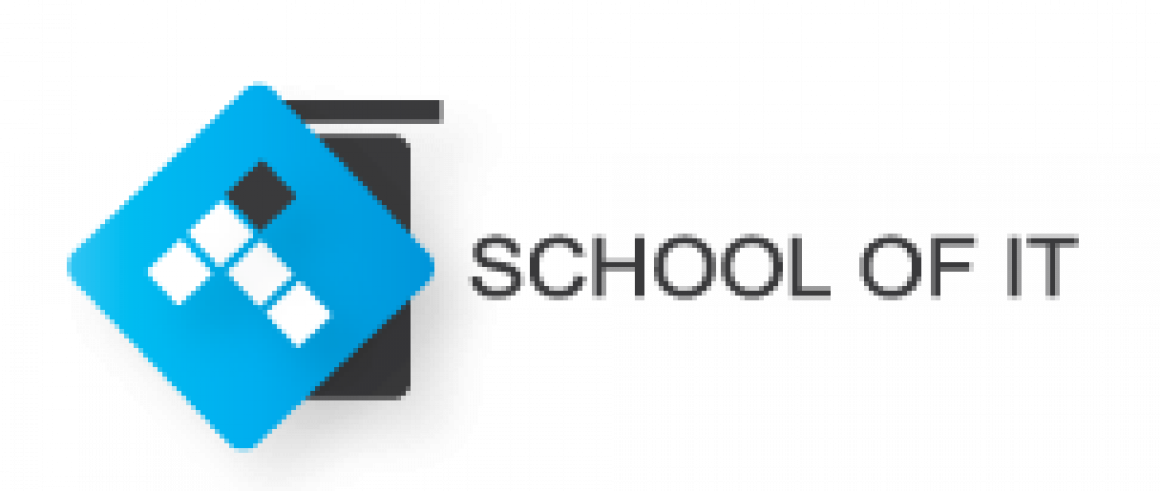Cloud Computing Basics: A Beginner’s Guide

Cloud Computing Basics: A Beginner’s Guide
August 9, 2024 Comments Off on Cloud Computing Basics: A Beginner’s GuideCloud Computing Basics: A Beginner’s Guide
Cloud Computing Basics: A Beginner’s Guide
Absolutely! Here’s a concise beginner’s guide to cloud computing, covering the essential concepts, benefits, and types.
What is Cloud Computing?
Cloud computing refers to the delivery of computing services—such as servers, storage, databases, networking, software, analytics, and intelligence—over the Internet (“the cloud”). It allows for on-demand access to a shared pool of configurable resources.
Key Concepts
-
Cloud Service Models:
- IaaS (Infrastructure as a Service): Provides virtualized computing resources over the internet. Examples: Amazon EC2, Google Compute Engine.
- PaaS (Platform as a Service): Offers hardware and software tools over the internet, allowing developers to build applications. Examples: Google App Engine, Microsoft Azure App Services.
- SaaS (Software as a Service): Delivers software applications over the internet on a subscription basis. Examples: Google Workspace, Salesforce.
-
Deployment Models:
- Public Cloud: Services provided over the public internet and shared across multiple organizations. Example: Amazon Web Services (AWS).
- Private Cloud: Dedicated environments used exclusively by one organization, either on-premises or hosted by a third party. Example: VMware Cloud.
- Hybrid Cloud: A combination of public and private clouds, allowing data and applications to be shared between them. Example: Using AWS for overflow capacity while maintaining sensitive data on a private cloud.
Benefits of Cloud Computing
-
Cost Efficiency: Reduces the need for physical hardware and maintenance costs. Pay only for what you use.
- Example: A startup can leverage cloud services without heavy upfront investment in infrastructure.
-
Scalability: Easily scale resources up or down based on demand.
- Example: E-commerce sites can handle increased traffic during sales without needing to over-provision servers.
-
Accessibility: Access data and applications from anywhere with an internet connection.
- Example: Teams can collaborate on documents in real-time using cloud-based tools like Google Docs.
-
Disaster Recovery and Backup: Simplifies the process of backing up data and recovering it after a disaster.
- Example: Businesses can automatically back up data to a cloud service to protect against data loss.
-
Automatic Updates: Providers manage software updates and security patches.
- Example: Users always have access to the latest features without manual installations.
Getting Started with Cloud Computing
- Choose a Cloud Provider: Evaluate options like AWS, Microsoft Azure, Google Cloud, and others based on your needs and budget.
- Learn the Basics: Familiarize yourself with the core services offered by your chosen provider. Most offer free tiers for learning.
- Hands-On Practice: Use online tutorials and documentation to set up basic projects, such as deploying a web application or setting up a virtual machine.
- Explore Certifications: Consider cloud certifications (like AWS Certified Cloud Practitioner or Microsoft Certified: Azure Fundamentals) to validate your skills.
Conclusion
Cloud computing is transforming how businesses operate by providing flexible, scalable, and cost-effective solutions. With the basics outlined here, you’ll be well-equipped to dive deeper into the world of cloud computing and harness its potential for personal or professional projects. Happy learning!
Thus if you solving problems, and need to actually understand Cloud Computing, then a career in IT is for you! Thus with School of IT, you can become a internationally recognized and accredited after completing a IT related course in under 3 to 6 months!


